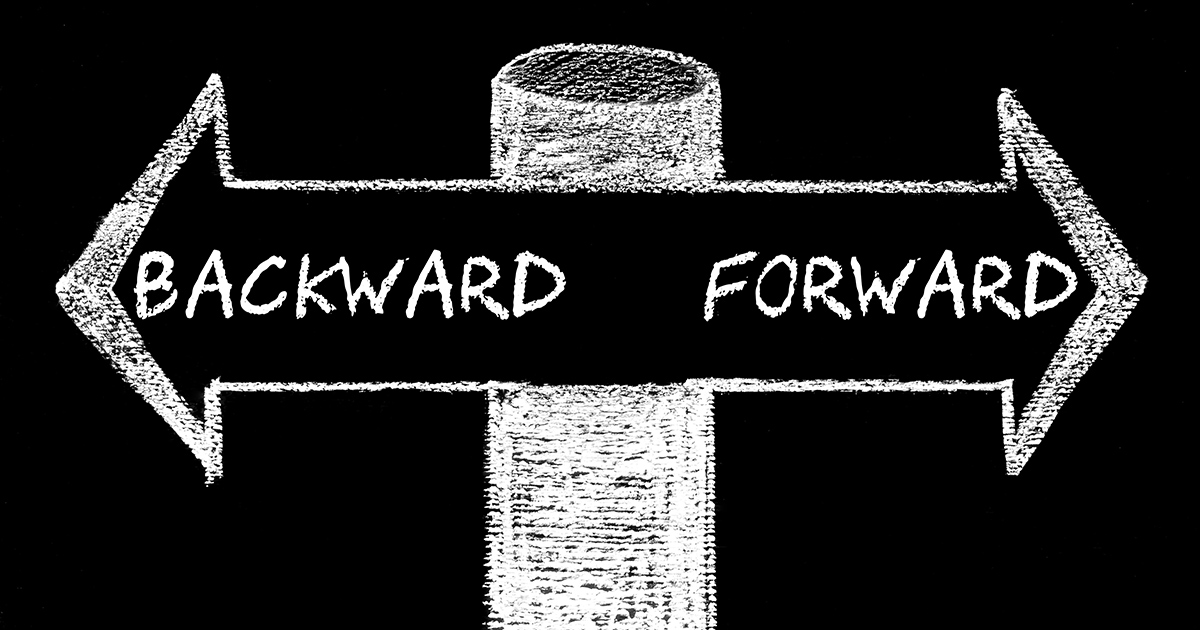
There is a perplexing experience that plagues all teachers: After an excellent classroom experience where students seem solid in their understanding and application of content, they leave class, attempt homework, have no idea how to do it, and return the next day with wrong answers or empty papers.
How do students lose knowledge the minute they leave class?
As teachers, we are left scratching our heads, wondering how in the world students’ substantial content knowledge flitted out of their brains when the bell rang. Or worse, we confidently send students on to another class or grade, sure in their knowledge of our subject only to find out they seem to have forgotten everything we taught them.
These deeply frustrating occurrences boil down to a failure of students to capably transfer their in-class learning to other scenarios. This remains one of the most difficult aspects of teaching: ensuring that the skills we impart in the classroom are embraced in a student’s life and evidenced in subsequent academic endeavors. Unfortunately, the design of some curriculum and textbooks is so steered toward content that application and transfer get minor attention.
Understanding by Design framework offers a solution to vanishing student knowledge
Using Understanding by Design’s framework (UbD) can help ensure that curriculum, content, and assessment are aligned with the specific outcomes and transferable skills we seek to impart to our students. UbD is a process of backward curriculum design. There are three important steps to backward design planning:
- Identifying the desired outcome
- Determining assessment evidence
- Planning learning experiences and instruction
Step 1: Identify desired results
Teachers begin with the end in mind: What are the desired results for the lesson, unit, or exercise? Identifying the specific content knowledge or skill set teachers expect from students helps to narrow focus. Textbooks, the Internet, and the world at large provide such rich content options that it can be difficult to hone in on our exact goals for a lesson.
Identifying the educational priorities of a lesson or unit deliberately narrows content into a manageable stream. “Understandings” and “Essential Questions” help articulate and communicate the educational priorities. This, again, narrows focus and ensures that content is the means, and skill acquisition and transfer are the end.
Step 2: Determine a method of assessment
In the second step, teachers decide how to assess learning. This assessment goes much deeper than a simple multiple-choice exam. It should measure a student’s ability to attain those educational goals and exhibit high-level learning. Major assessments should examine several of the six key traits of deep learning identified by UbD:
- Explanation
- Interpretation
- Application
- Perspective
- Empathy
- Self-knowledge
Deliberate assessment may not measure all of these every time, but when significant learning needs to be examined, an assessment that requires a combination of these skills can help instructors to know if students understand material enough to transfer their knowledge outside of the classroom.
Step 3: Plan instruction and learning experiences
Once instructors have created deliberate goals and identified assessment methods, they can plan individual learning experiences aligned to the educational goals and assessment with a deliberate focus on how those individual learning experiences support transfer, meaning making, and skill acquisition.
An important final step can be reflection. After the individual lessons or the unit as a whole, it is incredibly important to revisit that first step and measure how effectively the individual learning experiences aligned with the overall goals.
No more abandoned lessons: How UbD changed my classroom
Introduction to backwards planning changed the foundations of my own instruction. All too often, I would combine course competencies, my class textbook, and previous curriculum to create individual learning experiences. These creations attempted to balance an unwieldy amount of content on top of my desired learning outcomes.
In the classroom, I found that this resulted in far too much focus on content, rather than having students work and exhibit their own understanding. A natural result of that much content was significant “sage on the stage” time, with lectures replacing what should have been active lessons. The result was very nearly always far less transfer and skill acquisition than I wanted. Students often showed a surface understanding of the skills we discussed but failed to exhibit them over the long term.
This fly-by-the-seat-of-my-pants planning also resulted in a significant amount of work on my part. When lessons failed, it was difficult to see or understand why. I would deem the lesson a failure and abandon it in favor of new exercises, assessments or lectures.
Understanding by Design allows me to revise lesson plans to keep them aligned with learning goals
Following the UbD steps means that rather than abandoning lessons, I’m able to revisit and tweak them to realign the work toward my educational goals. These clearly articulated end-goals mean it is significantly easier to see where a learning activity may have derailed and then how to fix it. It also reduces my time at the podium and reminds students that their ability to understand, contextualize, explain, and apply content is the true goal of their education.
While we might call Understanding by Design “backwards planning,” it doesn’t feel backward at all. I don’t wait until the final day of the semester to ask my students what their goals are for their time in my course. I ask it in the first five minutes of our initial meeting, because I want them to understand that everything we do together seeks to satisfy those goals. Applying the same process to my own lesson planning just seems like good sense.
Monica Fuglei is a graduate of the University of Nebraska in Omaha and a current faculty member of Arapahoe Community College in Colorado, where she teaches composition and creative writing.
Categorized as: Tips for Teachers and Classroom Resources
Tagged as: Assessment Tools, Professional Development
